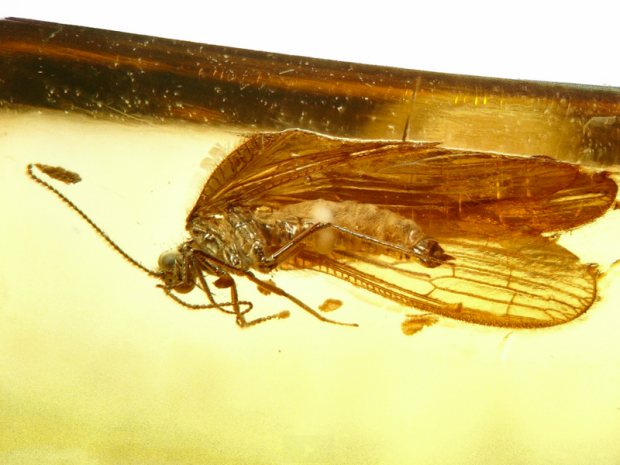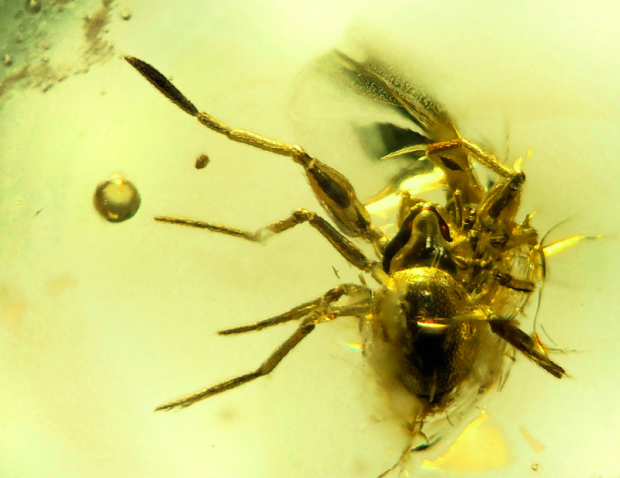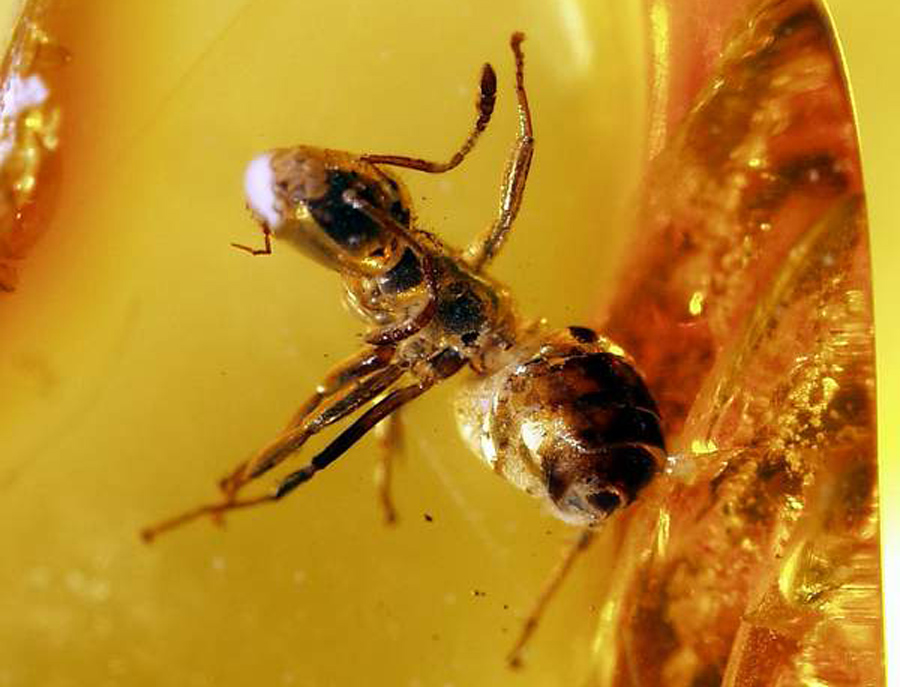Incredibly beautiful and mysterious amber inclusions have always been extremely popular. Many thousands of years ago, insects got stuck in the resin of trees and stayed there forever. Today, gems with frozen insects inside have a special value: firstly, they help scientists better understand the ancient flora and fauna, and secondly, they are very rare specimens that fascinate with their incredible natural beauty. For those interested in exploring a diverse selection of amber inclusions, visit ukrburshtyn.com, where you can find a range of captivating treasures from the depths of history.
Since the beginning of our era, Phoenician merchants were willing to pay 60 daggers and 120 swords for one gem with a fly inside. At the beginning of the 19th century, such eccentrics were most often collected in the highest circles of Russia and France.

As we have already said, amber with inclusions is of interest not only to collectors and jewelers, but also to scientists. They are given a unique opportunity to see and study ancient living organisms left in their original form, untouched, which are more than 50 thousand years old, and it happens that some of them are more than a million years old. It is estimated that the Austrian gemstones from Lunts are about 230 million years old, the South Lebanese Cretaceous stones are more than 125 million years old, and the amber found at Cedar Lake in the Canadian province of Manitoba is at least 75 million years old. These are simply unique finds!
It is interesting that studying only one Baltic amber, scientists brought out more than 3,000 new species of arthropod insects and more than 200 species of plants that existed on Earth in ancient times. Paleontologists especially appreciate amber inclusions, and simple connoisseurs and lovers of stones also do not mind looking at ancient insects. Especially many inclusions are found in amber from Ukraine, you can buy such a unique souvenir in the TM "Yantar Polissya" online store.
In the Baltic amber specimens, you can find termites, sticklebacks, embiums, praying mantises, cockroaches and other insects that lived many centuries ago in a warm subtropical climate. Palm trees, laurels and magnolias became their witnesses.
The amber forest has never suffered from a lack of water. Very often in the gem you can find insects whose larvae grow in water, especially hairy moths and chironomids. Some lived in cold and fast rivers, others - in quiet forest lakes. Many mushrooms also grew in the thick and dark mixed forests. The mushrooms themselves have not been preserved, but the fungus gnats that develop in them are quite often found in amber.
Small bees built their nests on trees, similar to modern bees that live in subtropical and tropical forests. There were a large number of ants, similar to the forest ants we are used to, and those that are found only in Australia. For example, these are bulldog ants, tropical or subtropical tree weaver ants.

In addition to ants, pausid beetles that lived in anthills were also found in fossilized resin-amber. Thanks to the research of scientists, we became aware of other insects that lived on trees: butterfly caterpillars, gnats, aphids, leafhoppers, plant-eating beetles. Among the findings in amber were the remains of real frogs and lizards - geckos. It is rare, but you can find pieces of animal wool, bird feathers in the stones. Other evidence of the presence of these animals on Earth are rare finds of insects and ticks. These are gnats, midges, mosquitoes and fleas.
The most frequent "inhabitants" of amber sarcophagi are mosquitoes. Why? It's simple: they were attracted by the smell of fresh resin, they flew and got stuck in it, but they didn't have enough strength to get out of there - the resin turned out to be very viscous. About 10% of living creatures left forever in the resin are spiders. It happened that they got into the resin directly with the web, which has preserved its three-dimensional structure to this day. These indicate that even in the most ancient times, resin had a reduced viscosity. Large insects are found in such gems much less often, but usually with wide open wings - these are both leafhoppers and beetles.

They proved to have more strength than mosquitoes to get out of resin captivity. However, if they got into the sticky substance with their wings open, they could no longer escape. The surface with which they came into contact with the viscous resin turned out to be too large in area, so having glued their wings, they could no longer flap them to take off.
In addition to inclusions with flora and fauna, mineral inclusions are often found in amber: grains of sand, earth, as well as air bubbles of that time. Catalog of souvenirs made of amber with inclusions, available in the section "Amber with inclusions".